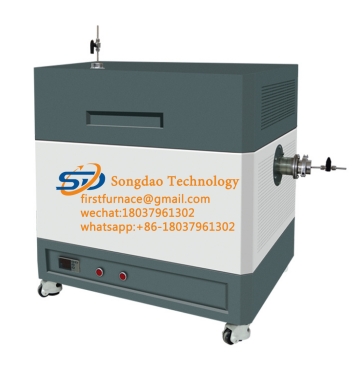- 31
- Dec
How to extend the service life of box muffle furnace
How to extend the service life of box muffle furnace
1. Heat flow detection method
According to thermodynamics, temperature difference, thermal conductivity and furnace wall thickness determine the heat flow intensity. For blast furnace lining, the thermal conductivity is fixed, and the furnace wall thickness can be obtained from the temperature difference and heat flow intensity.
The heat flow detection sensor is installed in the lower temperature part of the furnace lining. The heat flow intensity is calculated through the water temperature difference of the cooling wall of the hearth, and the temperature value measured by the thermocouple in the brick lining is combined to calculate the thickness of the furnace wall.
2. Model inference method
It uses thermocouples as detection elements, applies thermodynamics and other theories to establish a mathematical model of the hearth and furnace bottom temperature site, and calculates the approximate positions of the molten iron solidification line and carbon brick erosion line through software programming and numerical analysis.
3. Gravity wave method
Gravity wave signals are highly sensitive to structural defects. When gravity waves propagate in the medium, such as holes, cracks and other interface discontinuities, reflection, refraction, scattering and mode conversion will occur, using the characteristics of gravity waves The thickness of the stave material can be determined.

